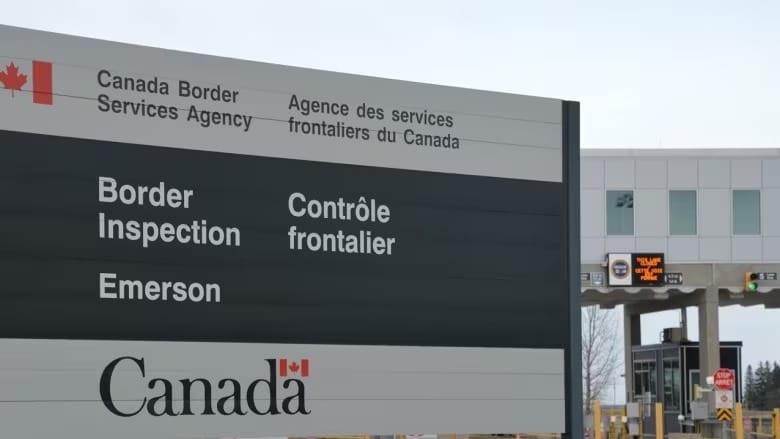Canada-U.S. border hours to change at 35 ports of entry in new year
U.S. and Canada to co-ordinate open hours on both sides of the border, Border Services says

Frequent travelers across the Canada-U.S. border will face reduced operating hours at several ports of entry starting early next year.
The Canada Border Services Agency (CBSA) announced that as of 12:01 a.m. local time on January 6, 35 ports of entry will implement new service hours to strengthen security for both nations.
This adjustment will affect 12 ports in Manitoba, 10 in Quebec, six in Saskatchewan, four in New Brunswick, two in British Columbia, and one in Alberta. Changes vary across locations, with operating times shortened by one to five hours at different ports. Specific details are available on the CBSA website.
Collaborative adjustments with the U.S.
The updated schedules were developed in collaboration with U.S. authorities. These changes were informed by an analysis of operations, peak travel periods, and service demands at each port. The CBSA noted that alternative crossing points within 100 kilometers are available for travelers impacted by these changes.
The United States will also adjust its port operating hours to align with Canada’s changes. This coordination aims to facilitate the return of inadmissible travelers and goods between the two countries, according to the CBSA.
Enhancing efficiency and security
The shift in hours is designed to allocate more resources for enforcement activities and streamline traveler processing at busier ports.
Rebecca Purdy, a senior spokesperson for the CBSA, clarified that these changes were planned over several months and are unrelated to recent political events in the U.S. “Analysis and planning for this adjustment in service took place over several months and is not related to the U.S. election,” Purdy said in an email.
The modifications come as U.S. Border Patrol reports a significant increase in encounters along the Canada-U.S. border since the start of 2023. Both nations aim to address these developments through coordinated efforts at border crossings.





